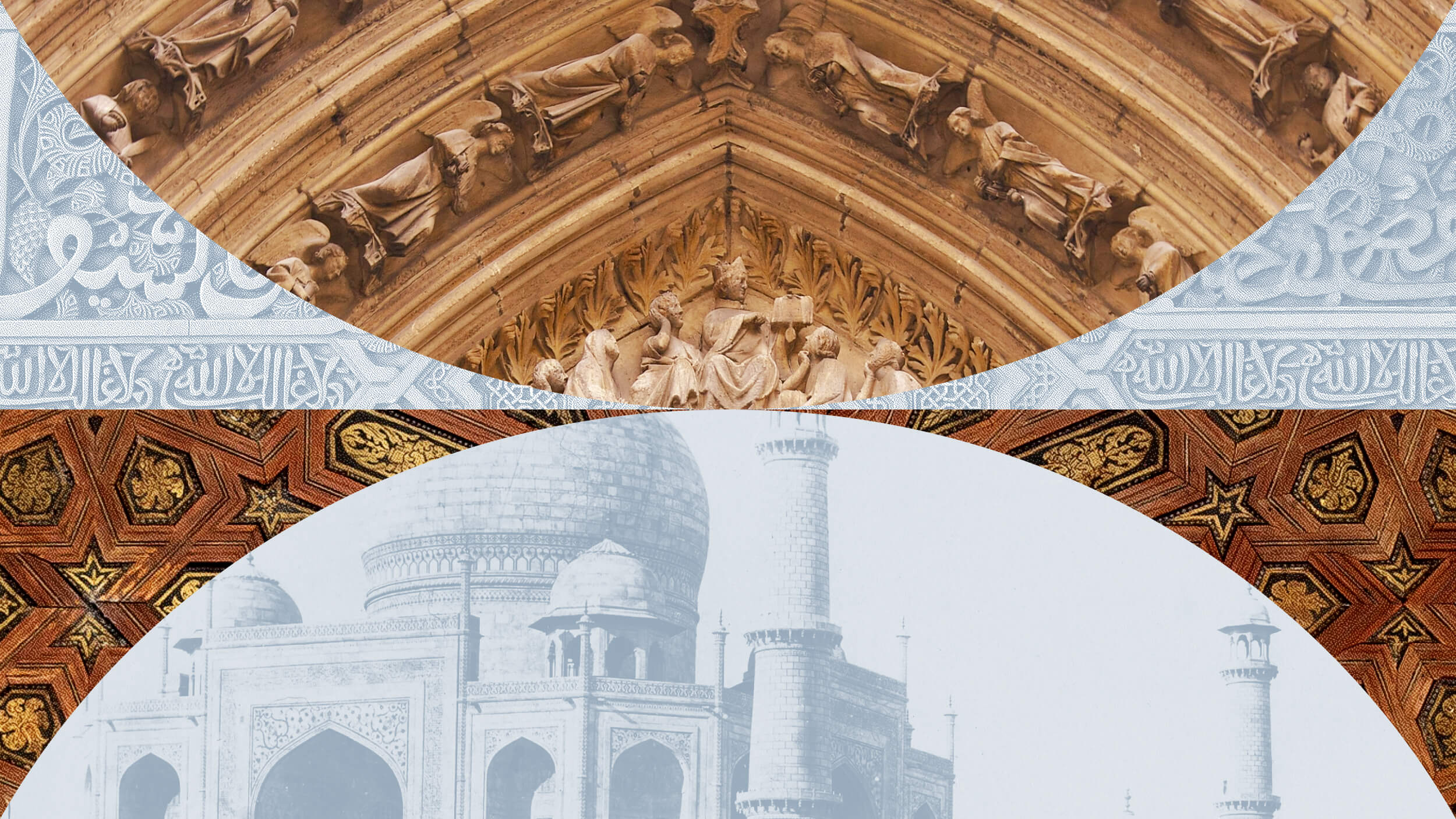Shashi Tharoor encapsulates the an identity with many majorities.
Indian Identity
Shashi Tharoor: Well I think what’s so striking about the Indian identity is that it’s made up of so many different identities. We . . . I’ve written elsewhere that the singular thing about India is that you can only speak of it in the plural. There are many Indias. You guys in America can speak about E Pluribus Unum. I think if we had to borrow that motto, it would have to be “E Pluribus Pluribum” or some Latin version therefore. Because we are a country in which there is no fixed stereotype, no one way of doing things, and indeed no one way . . . one way of being – with the result that when we speak of Indian identity, it’s a way of saying you can be many things and one thing. You can be a good Muslim, a good Bengali, and a good Indian all at once. And the sense that you can be proud of each of those identities, but each of those identities thrives under the carapace of the common Indian identity, that’s been my personal insight into the notion of . . . of Indian identity. I’ve argued frequently that we are all minorities in India today – that there isn’t a single type of Indian who can claim to represent the majority community. Yes, 81 percent of the population follow the Hindu religion; but you can’t just be a Hindu male and say you belong to a majority community because then you’re caste places you in the minority immediately. So that . . . so that if you’re a Brahman, well 91 percent of your fellow Indians are not. And . . . and . . . and if you’re from some other caste, you have the same sort of problem. And then if you find that you can cut your identity in that direction, it becomes then the problem of region – what state of the country you’re from; which language do you speak? And each of these ways of slicing identity reveals that no one can truly claim in every respect to stand for a majority the way in which, let’s say, a white male Christian in America can claim to belong to the minority community. I beg your pardon, to the majority community in America. We can’t say that. There’s no . . . no sort of equivalent for that in India. So that’s been the, to me the most astonishing and remarkable thing about India; is that you’ve got all these extraordinary diversities, and a country that has nonetheless been able to thrive on the basis of the . . . the essential understanding that you can be divided by caste, creed, color, culture, cuisine, consonant, costume and custom and still rally around a consensus. So that consensus is on the very simple principle that in a large and diverse democracy, you don’t really need to agree all the time so long as you agree on the ground rules of how you will disagree. That, to me, has been the great strength of India – that it managed to maintain consensus on how to manage without consensus. So you’ve got people of every conceivable skin color, accent, regional identity, linguistic identity, caste identity, religious identity working together in the same space and fulfilling, ultimately, the same aspirations. Three years ago in India, we had the extraordinary sight of a Roman Catholic political leader of Italian origin – Sonya Gandhi – making way for a sheikh, _________ Singh, to be sworn in as Prime Minister of India by a Muslim president, President Abdul Kalam, in a country that’s 81 percent Hindu. And that’s not only astonishing in its own right; but when you realize that the world’s oldest democracy, the United States, for 220 years hasn’t yet managed to elect somebody as President or Vice President who isn’t white male and Christian, it’s startling how much this young democracy but ancient civilization has been able to make of its diversity.
Recorded on: 9/18/07





